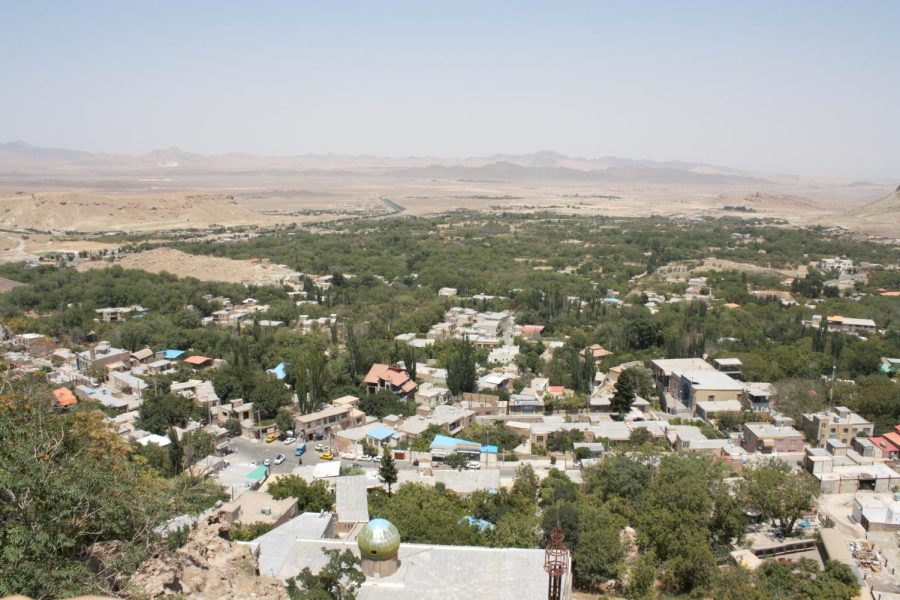Tremor of destruction: aftermath of Turkey-Syria earthquake
The fault lines that California and Turkey are situated on function almost identically.
February 6’s chain of earthquakes in Syria and Turkey was the most extreme seismic event the region had seen in almost a century. Rescue efforts have unearthed countless bodies, with casualties ever-rising as the living, injured, and dead are excavated from the wreckage alike.
As fears of an earthquake in other Turkish cities grow, critics have found the country extremely vulnerable to another quake capable of decimating an entire city and the people within them.
“I’m worried about my family. Something could happen at any time, and I don’t think there’s much they would be able to do,” said Turkish student Ela Mutaf.
The aftermath
“My family and friends were among those buried under the rubble,” said Mutaf.
The destruction has been unprecedented, with recorded deaths in the tens of thousands.
“It’s been over a week and there are still so many people waiting to be rescued, so many bodies waiting to be found,” said Mutaf.
Over 25,000 buildings have been damaged or destroyed. The cost of the financial damages has been estimated as tens of billions of dollars.
Why is this happening?
Regions in which seismic plates neighbor one another are known as fault lines, with Turkey being situated along two differing lines: the North Anatolian fault line, and the East Anatolian fault line.
“The Richter scale measures earthquakes from one to ten. Each number increment is 10 times more powerful; if you’re going from two to three, that’s ten times stronger. Anything over seven is considered a big earthquake,” said Earth science teacher Rex Ricks.
The 7.8 magnitude quake, now dubbed the Kahramanmaras earthquake, occurred on the East Anatolian fault line along the Turkish-Syrian border. Moreover, Turkey’s proximity to fault lines has given it a long history of earthquakes, but tremors on this level haven’t been seen in more than eight decades.
“Earthquakes are seismic plates shifting past one another. They definitely aren’t weather events. Earthquakes over land tend to be brittle and stiff–very intense,” said Ricks.
San Andreas Fault Line
Seismologists claim that the San Andreas fault line has the ability to create an earthquake on the same scale as that of the Kahramanmaras–if not worse. The effects of such an earthquake, which Californians have come to refer to as “the big one,” would be disastrous.
“Turkey is along a fault line, but so is California. Ours is the San Andreas fault line. Given enough time, LA and San Francisco will meet [because of plate movements],” said Ricks.
Experts have shown that California is deeply unprepared for the “big one.” Still, there are efforts in place to prepare. Seismic retrofitting, or making buildings earthquake “proof,” includes the use of reinforced steel and the mandating of strong building foundations.
“The R building here at Amador had to be seismically retrofitted as well,” said Ricks.
The NorthRidge earthquake experienced in and around the Bay Area in 1994 had a magnitude of 6.7, killing up to 72, making the “big one,” estimated to have a magnitude of around 8, more than 10 times as powerful.
“I experienced the NorthRidge earthquake in 1994, and I was about 100 miles away. It violently shook the walls and woke me up at three in the morning. All the power went out, then I drove by North Ridge, and there was just a pile of rubble,” said Ricks.
Pleasanton, as well as the rest of the San Andreas, plan to meet the “big one” on their own terms, but the earthquake in Turkey has proved to be extremely devastating.
“[Turkey] is such a beautiful country; it’s painful to think about the damage the earthquakes cause,” said Mutaf.
Your donation will support the student journalists in the AVJournalism program. Your contribution will allow us to purchase equipment and cover our annual website hosting costs.

